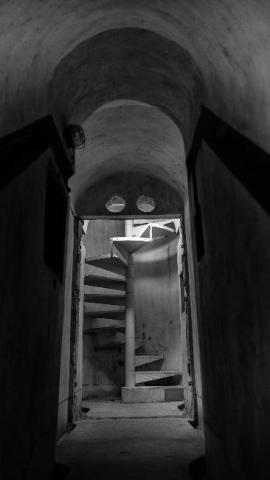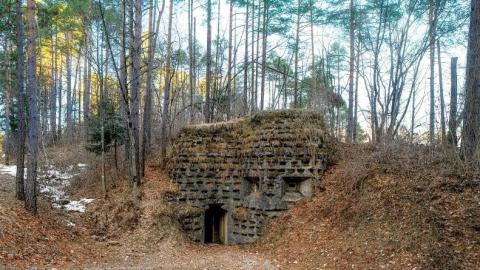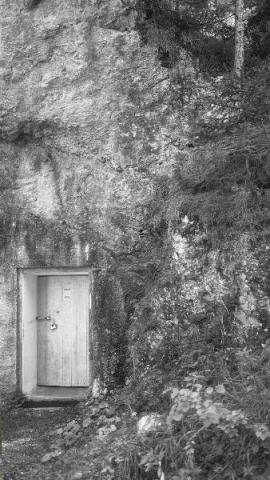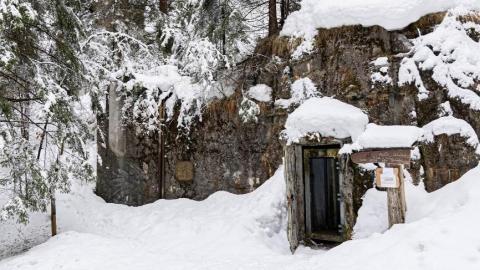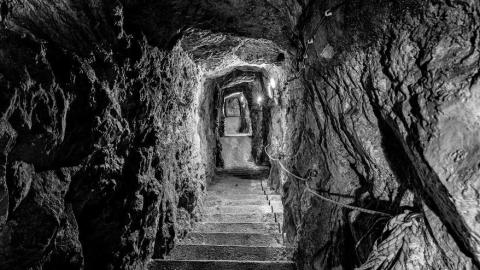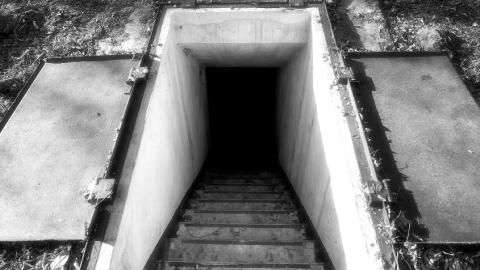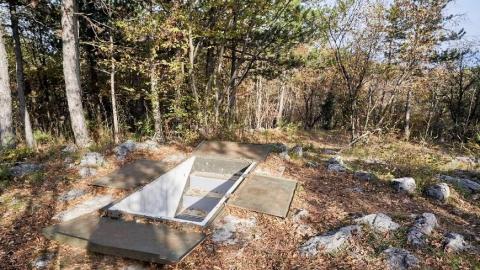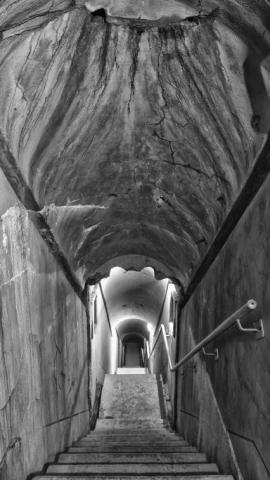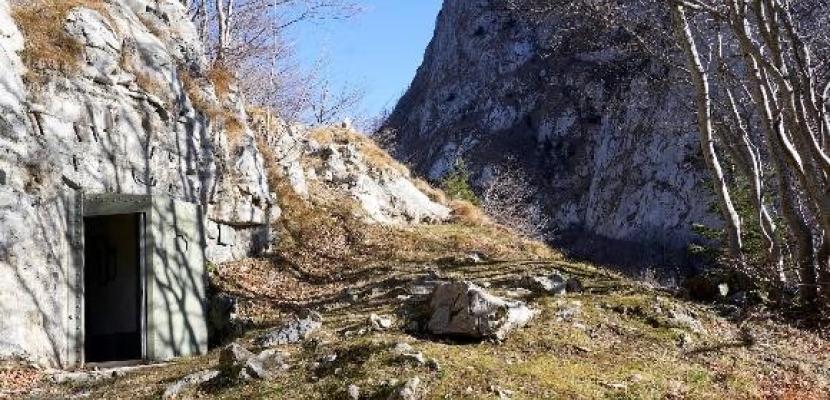
Enhancing the historical and cultural heritage of a cross border area (Frontiera Est)

About this good practice
In the Friuli Venezia Giulia Autonomous Region there are over 1,300 defensive structures between those carried out in the '40s (Vallo alpino del Littorio) and those prepared by NATO in view of a possible invasion by the Warsaw Pact. Currently, only 4 of the structures still existing have been recovered and enhanced for touristic use. The associations that manage the structures move without mutual coordination and none of the structures has sufficient resources and capacity to attract tourists from outside the region. “Frontiera Est” represents the 1st regional project for the historical enhancement of the defensive structures built on the eastern border during the 20th century.
The portal dedicated to defensive structures has allowed to: create a network between the associations by collaboration paths; create integrated pathways increasing the touristic attractiveness of each structure; increase the visibility to the subject of the Cold War heritage, fostering other valorization projects. The site is translated in Italian, English, Slovenian and German and it indicates 4 structures in Friuli Venezia Giulia and 1 in Veneto.
Stakeholders: Landscape Association in Malborghetto, Association for study and safeguard of fortifications of the northeast - Passo Monte Croce Carnico, National Association “Fanti d'Arresto” in San Michele del Carso, Cold War Studies of Harvard University.
Beneficiaries: tourists, local communities, cultural and touristic organizations.
Resources needed
Public funds: 41.000 euros.
Other private resources: 6.500 euros.
Human resources: 1 PhD student, 1 graphic designer, 1 technician, 1 photographer, 3 translators (English, Slovenian, German).
Evidence of success
Results: increased visitors in structures (e.g. Malborghetto: from 679 in 2021 to 846 in 2023) and in structures on the portal (5 additional for Friuli Venezia Giulia, Trentino Alto Adige, Slovenia, Austria); a protocol of understanding (Region, University of Udine and Trieste, State Property, Ministry of Culture and Ministry of Defense); a regional legislative initiative for restoration of defensive structures, 2 research projects PRIN PNRR won by University of Udine, a doctoral scholarship.
Potential for learning or transfer
The portal can be interesting for other regions, as it is an important tool to valorize the cultural and natural heritage of a territory. In fact, it is a very good example on how to support the development of a territory, recovering the abandoned structures, which could be used also as touristic attraction, and encouraging a rediscover of the territory through cultural heritage. The portal represents a good practice because it stimulates, through an innovative way, the networking, and the collaboration between cultural association, which traditionally act independently. This practice could be transferred to other region to support the engagement of young people for the preservation, the knowledge and the valorization of historical and cultural heritage (more than 60% of portal’s users are young of 25-34 age). It could help to better disseminate knowledge of tangible and intangible cultural heritage, its sustainable preservation and historical tourism.
